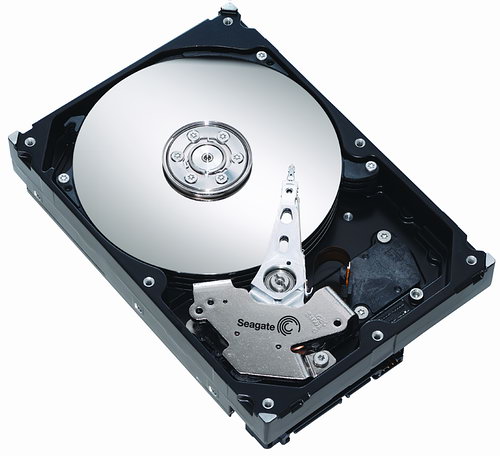
Some years ago I got my macbook air and in a flash of genius I got a 200GB USB disk to use as a backup disk (time machine backup disk). This was great and there where a couple of times it prooved really useful.
Recently I wanted to detach this USB disk from its primary usage as a backup disk and use it regularly as a Windows disk. As expected, due to the different file system used on Macs, when I connected it to my Windows PC there was no Drive letter assignment. Nevertheless I was able to recover whatever files I needed using HFSExplorer, which I have been using for a long time now. Only this time I wanted to change the disk itself. I wanted to convert it to the NTFS file system since I would be using it as a typical USB disk.
The thing is that Windows does not provide a mechanism for doing this conversion within the “Computer Management” GUI, which can be accessed by right clicking on “My computer” and selecting “Manage”. What Windows provides is a means of doing it through the command window (“cmd” nowadays).
Once I opened a command window using the Start/Run/cmd command (in administration mode) I executed the DISKPART program, which activates a subsequent shell of options regarding low/high level disk operations. Here I run a couple of commands to see what’s going on and figured it out.
First I had to check which Disk is the Disk I wanted to convert and to select it. This can be done by using a few commands:
list disk
The first command shows the disks available to the system at this instance. I got the following response:
DISKPART> list disk Disk ### Status Size Free Dyn Gpt -------- ------------- ------- ------- --- --- Disk 0 Online 57 GB 0 B Disk 1 Online 298 GB 0 B Disk 2 Online 465 GB 1024 KB Disk 3 Online 232 GB 1024 KB Disk 4 No Media 0 B 0 B Disk 5 No Media 0 B 0 B Disk 6 No Media 0 B 0 B Disk 7 No Media 0 B 0 B * Disk 8 Online 186 GB 0 B * Disk 9 Online 465 GB 1024 KB
Results showed that Disk 8 (the one with the “*”) is a GPT disk and is the disk I wanted to convert.
The second command was a command to select the Disk (disk 8):
select disk 8
I got the confirmation:
Disk 8 is now the selected disk.
And finally, the magic was done by using just one simple command:
clean
which resulted in:
DiskPart succeeded in cleaning the disk.
After the Disk was clean I could manage it easily. I used
convert mbr
to convert it to MBR (although I suppose it was not necessary), with the response:
DiskPart successfully converted the selected disk to MBR format.
After that I closed DISKPART and the command window, since I was able to use the typical GUI-based “Computer Management” of windows to do things on this disk as normal.

